By Jonathan North
In June 1815, Napoleon’s insatiable appetite for war took him to the rye fields around Mont St. Jean and the little village of Waterloo. There, on the afternoon of June 18, one of history’s most celebrated battles was fought. For the French the battle was a disaster, and for later generations a historical tragedy. Yet, in the words of Francis I, it could be said that “all was lost save honour.” For Napoleon’s army fought bravely, stubbornly contesting the field for hours before vanishing in a scattered, confused mass. Of all the army it was perhaps the cavalry that distinguished itself most—dashing heroically, time after time, against the tenacious Allied infantry. As their last hurrah, Waterloo was a fitting climax for Napoleon’s glorious cavalry.
On that sultry afternoon of June 18 the field of Waterloo was wreathed with billowing clouds of smoke. The battle had raged since 11:30 that morning and the Allied forces as yet showed no sign of yielding or retreating from their position on the heights of Mont St. Jean. Indeed, dark masses of troops were rapidly advancing from the northeast—Prussians rushing forward to support the Duke of Wellington’s British, Dutch, German, and Belgian troops. Time was running out for Napoleon.
The first French attempt to break Wellington’s line and force the duke from the field met with disaster. After a bombardment that lasted one and a half hours, Marshal Michel Ney launched an infantry assault. D’Erlons’ I Corps—19,000 cheering men—dutifully marched forward, drums rolling and regimental musicians playing “Veillons au salut de l’Empire.” The confident infantry formed up in dense columns and advanced. Pushing through the sodden fields, the French ignored the garrison in the farmhouse of La Haye Sainte and began the ascent up the slope of Mont St. Jean. The infantry bravely advanced, its own artillery falling silent, its own cavalry leaving them to triumph alone. But the infantry was met by withering fire from Lt. Gen. Sir Thomas Picton’s division and Maj. Gen. W.F. van Bijlandt’s brigade. Musket fire tore huge holes in the confused French columns, and the infantry reeled back from the terrible shock. Through the smoke Maj. Gen. Sir William Ponsonby’s Union Brigade of heavy cavalry dashed against the French foot soldiers and overthrew them. Thrown into confusion, whole battalions either threw down their weapons or put up a desperate resistance against the slashing, trampling Allied horsemen. The demoralized men of I Corps broke and swarmed down the slope, intermingled with the murderous horsemen. The British cavalry, intoxicated by the excitement of battle, charged too far, riding headlong into the great batteries of French guns before finally being overwhelmed by a countercharge from fresh French cavalry.
After this bloody example of what cavalry could achieve, the French guns opened with renewed anger while I Corps was rallied and re-formed. Wellington anxiously awaited word from the Prussians, but there was still no sign of their entering the battle. Napoleon, furious with the failure of D’Erlon’s men, was also occupied with the pending arrival of the Prussians. Nevertheless, he was determined to finish Wellington before the arrival of the Prussians tipped the scales against him.
Marshal Ney was then ordered to storm La Haye Sainte. He led the 54th and 55th Line of I Corps forward to the assault, but they were beaten back with loss. Maj. Gen. Prince Jérôme Bonaparte’s French infantry continued the desperate fight to take the château of Hougoumont, but here, too, Napoleon’s men were unsuccessful. Meanwhile, the French artillery continued to bombard the Allied lines as more and more guns were added to the grand batteries. Through the smoke-shrouded battlefield Ney saw the Allied infantry pull back from the crest of the height. (Wellington had ordered them to move over to the reverse slope and lie down to partially protect themselves from the withering fire of the French guns.) Farther back, along the road to Brussels, groups of stragglers, wounded, and prisoners streamed northward. Ney, thinking that Wellington’s men could no longer face the terrible strain of battle and that this was the decisive moment, cast around for cavalry with which to complete the French victory. Galled by his lack of success two days earlier at Quatre Bras, Ney was now desperate to show vigor. He was, as General Baron Gaspard Gourgaud remarked, “carried away by an excess of ardour.”
Ney was mistaken. The Allied infantry, despite the terrible rain of roundshot falling on their ranks, had not broken. Casualties were mounting, but time was passing and every Allied soldier knew that with each minute Napoleon’s chances for victory were also passing.
Maj. Gen. Count Edouard Jean Baptiste Milhaud’s IV Cavalry Corps was composed of two divisions of cuirassiers. These heavy cavalrymen wore crested helmets and armored breast- and backplates. Wielding heavy swords and mounted on fine, strong chargers, they had grasped victory from the jaws of defeat on a number of occasions. At Eylau in 1807, a charge by the entire reserve cavalry had almost swept the Russians from the snowy field of battle. At Borodino in 1812, heavy cavalry had been instrumental in the taking of the Great Redoubt. In 1813, Leipzig had almost been won by a gallant charge of cuirassiers. At Ligny, two days before Waterloo, cuirassiers had punched a hole in the Prussian center and poured through to shatter resistance.
Ney now expected similar dramatic results. But, unfortunately for the French, Ney was not a great cavalry commander. At Quatre Bras he had sent Maj. Gen. François-Etienne Kellermann’s men unsupported against Wellington’s defenses and had paid the price. Murat, probably the most dashing horseman of the French Army, was not at Waterloo; D’Hautpoul had been killed at Eylau; Lasalle had died at Wagram; Montbrun, another talented leader, had been buried on the field of Borodino. Perhaps great things could only have been expected from General Kellermann, the hero of Marengo, but unfortunately, as at Quatre Bras, he still found himself subordinated to the rash, redheaded Ney.
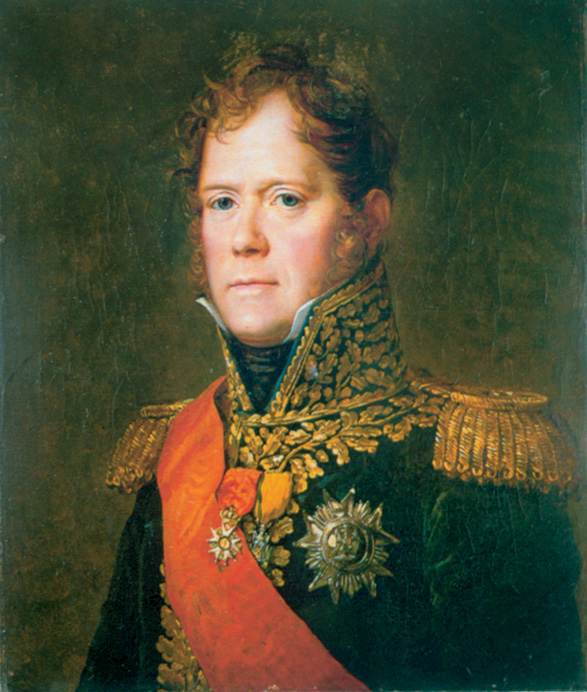
General Pierre Farine’s men, of Milhaud’s corps, were the first to form up at Ney’s prompting around 4 o’clock in the afternoon. Farine’s superior, Maj. Gen. Baron Jacques Antoine Adrian Delort, an experienced veteran, protested and refused to let him advance against unbroken infantry without the Emperor’s sanction. Ney hurried over and the two soldiers had a short but heated discussion. Delort remembered that “I halted the brigade and informed Farine that he was not to leave the division and pointed out to him that I only answered to orders from the general who commanded the corps to which the division belonged. During this conversation, which halted the brigade’s movement, Marshal Ney came over in person, agitated and impatient. Not only did he insist on his initial order being obeyed but he also demanded that all of the divisions take part. I hesitated and pointed out that heavy cavalry should not attack infantry which was posted on heights, had not been broken and was well placed to defend itself. The marshal shouted ‘Forwards, the salvation of France is at stake.’ I obeyed reluctantly.”
Milhaud’s entire corps of eight regiments prepared to advance. As the cuirassiers trotted forward, General Charles Lefebvre-Desnouëttes, posted behind Milhaud with the light cavalry of the Imperial Guard, also had his men move off in support. These troops had been loaned to Ney at Quatre Bras but he had been told “not to use them.” Now, however, they advanced in support of their own accord.
Captain Antoine-Fortuné de Brack recalled how the Guard came to support Ney’s desperate venture: “I was chatting with General Curély and we went to the top of the slight undulation which sheltered our position. When I got to the top I recognised the terrain which was before me because, in January 1814, I had been positioned there to protect the Army of the North’s headquarters at Brussels. Elated by the destruction of Ponsonby’s troops and by the advance of some cuirassiers to our right I called out, ‘The English are done for! Their position shows it, they can only retreat through the woods. Either their commander is the most ignorant of officers or he has lost his head!’ My words, uttered in a somewhat excitable fashion, inspired a number of officers to come forwards and join us. Some of the files on the right followed, the rest of the squadrons also adjusted their position and came forwards. The Chasseurs followed.”
Lefebvre-Desnouëttes’ brigade found themselves advancing in support. The brigade consisted of the famed Red Lancers and elite Chasseurs of the Imperial Guard. Many of the Lancers were Belgians and as such were at Waterloo fighting against their compatriots. These resplendently clad soldiers closed up behind the solid ranks of cuirassiers and Ney, red faced and anxious, launched his charge. Incredibly IV Cavalry Corps’ horse-artillery batteries were not sent forward. Some remained with the great battery astride the Genappe road while others fired on Hougoumont. Nor did Ney think to engage the infantry that remained under his orders. He could have called upon the infantry of Donzelot, Marcognet, Allix, or Bachelu, but these troops were destined to remain as spectators. Ney was attacking with unsupported cavalry just as he had at Quatre Bras. Yet here the stakes were very much higher.
The cuirassiers and the Guard cavalry trotted eagerly forward through the rye, and Maj. Gen. Hippolyte Piré’s lancers began to cheer their comrades. It was a magnificent, awe-inspiring sight. Colonel Michel Ordener of the 1st Cuirassiers reflected on the grandeur of the occasion: “I do not know if military history contains other such examples of such masses of horsemen charging together into action. We numbered nearly 5,000 men and Marshal Ney placed himself at our head.”
But the cuirassiers would have to advance nearly a mile, much of it uphill and across the sodden earth, before being able to come to blows with the Allied infantry, an undertaking that required considerable stamina. Many of the heavy cavalry had fought at Ligny or Quatre Bras. Some, indeed, had already been in action at Waterloo, and many others had spent the rainy 17th in the saddle. Although they may not have been in peak condition, they were nevertheless formidable opponents. They came forward steadily, line after line as though attacking in a dense column, and advanced through the area between La Haye Sainte and Hougoumont. The cavalry on the right flank came under fire from the fortified farmhouse, rifle fire bringing down a score of horses and men. Major George Baring, in La Haye Sainte, recalled, “I had all the men I could fire at the cavalry, killing many of them or their horses. Not taking the slightest notice of our fire, they moved up fearlessly and attacked the infantry.”
Through the smoke, the Allied commanders caught sight of the advancing host. The order was given, “Prepare to receive cavalry!” and the infantry rapidly formed up into squares, formations designed to resist the terrible onslaught of horsemen. Troops had been brought in to support the center of the Allied position which, in any case, was one of the most formidably defended sectors of the line.
The ground was littered with the dead and wounded from the infantry assault, and the slopes were churned up, making the going heavy. Dubois’s 1st and 4th Cuirassiers, Farine’s 6th and 9th Cuirassiers, the Chasseurs with Maj. Gen. Pierre-David de Colbert-Chabanais—his arm in a sling—and his Red Lancers of the Imperial Guard in support, were on the left; Brig. Gen. Baron Travers de Jever’s and Brig. Gen. Baron Vial’s depleted regiments were more to the right. The pace of the cavalry slowed so that it was now barely more than a trot and they were forced to climb the slope obliquely, exposing their ranks to deadly fire from the Allied artillery.
Captain de Brack recounted that his men also came under fire from some Scottish infantry as they were ascending the slope. Roundshot plowed bloody lanes through the formation, shredding men and maiming horses. Shrapnel, bursting overhead, added to the cavalrymen’s discomfort. The Allied artillerymen had been given strict orders to fire and then retire and seek shelter in the squares of infantry formed in a checkerboard pattern behind the guns. As the horsemen approached, most gunners switched to canister over roundshot, bringing down whole ranks at a time and impeding the progress of the men behind.

The gunners then ran for safety, abandoning their guns and relying on the steadiness of the infantry to protect them. Not all gunners heard or obeyed the order to seek shelter. Captain Walcott of the Royal Horse Artillery recalled: “That magnificent order which directed the artillerymen, when from the closeness of the enemy they could no longer fire canister, to leave their guns in position and fall back in line with the squares did not reach my ears, and I continued directing a gun of the troop till looking up when it was ready I found the enemy close upon me.” The good captain was knocked to the ground and ridden over.
The neat formation had begun to break into serried ranks even before the horsemen staggered over the crest of the heights. There, jaded and alarmed, they were pressed forward by their officers and by cries of “Vive l’Empereur!” Ordener notes that they “passed like lightning” through the abandoned guns, and now they bore down on the 20 squares of resolute infantry.
“Not a man present who survived could have forgotten the awful grandeur of that charge,” wrote one eyewitness. British troops in brick-red coats, Belgians and Dutch in blue, Brunswickers in black, and Hanoverians in red and green prepared to withstand the onslaught. Each square boasted four ranks of infantry. The two front ranks presented bayonets while the third and fourth ranks were to maintain a steady fire on the attackers. Most squares held their fire until the last moment. British officers at Quatre Bras had seen cuirassiers hit at long range and merely sway in the saddle, their breastplates protecting them from harm. Now, in an act of incredible coolness, the infantrymen were ordered to hold their fire. The cavalry came on; the infantry nervously awaited their fate. Sergeant Thomas Morris noted that “their appearance was of such a formidable nature, that I thought we could not have the slightest chance with them.”
Still the allies held their fire, letting the cavalry come closer. Captain Eeles of the 95th remembered the devastating effect a volley had when it was finally unleashed: “I moved my company from the rear to the right, in line with the rear face of the square [of the 71st], and placing myself in front of it kept my men from firing until the cuirassiers approached within thirty or forty yards of the square, when I fired a volley from my company which had the effect, added to the fire of the 71st, of bringing so many horses and men at the same time to the ground, that it became impossible for the enemy to continue their charge. I certainly believe that half of the enemy were at the instant on the ground; some few men and horses were killed, more wounded, but by far the greater part were thrown down over the dying and wounded. These last after a short time began to get up and run back to their supports, some on horseback, but most of them dismounted.”
Many of the Allied soldiers had been ordered to fire low and, by bringing down the horses, throw the French into confusion and reduce their pace still further. Some of the infantry had even double-loaded their muskets. An officer of the 71st made it clear that the cavalry could have no effect on the infantry because the horsemen were “charging” at a pace at best somewhere between a trot and a canter, blown as they were by the advance up the slopes.“The regiment was in square and exposed to repeated visits from cuirassiers. I do not say attacks because these cavalry columns on no occasion attempted to penetrate our square, limiting their approach to within ten or fifteen yards of the front face, when they would wheel about, receiving such fire as we could bring to bear upon them, and as they retired, en passant, that from the neighbouring square.”
The cuirassiers and Guard cavalry, with Ney and one of his three aides de camp at their head, swirled around the faces of the squares, hardly able to make any impact. Captain Mercer, commanding a troop of Royal Horse Artillery, wrote a description that has become something of a classic: “I can compare it to nothing better than a heavy surf breaking on a coast beset with isolated rocks, against which the mountainous wave dashes with furious uproar, breaks, divides, and runs, hissing and boiling, far beyond up the adjacent beach. In a moment such shoals of lancers and others came sweeping down the slope that the whole interval between the lines was covered with them, a mixed and various multitude, all scattered and riding in different directions.”
Some intrepid officers urged their men to attack the squares’ corners. A few broke into the Allied ranks and attempted to make their horses kick and trample a way through the infantry. These were quickly shot, stabbed, or bayoneted down. A number of the French managed to fire pistols or carbines at Allied troops but this, too, was ineffective. De Brack saw that his men’s lances were being parried by Allied bayonets and that “many of our troopers threw their lances at the squares as they would if using spears, in an attempt to break into them.”
Indeed, it was the lancers who caused the most concern for the Allied troops, who were respectfully aware that a lance, in the hands of a master, was a most formidable weapon. Gronow recalled that “the lancers were particularly troublesome and approached with the utmost daring.” A more sinister side to their tactics was also noted—“The lancers never failed to despatch our wounded.” But they could make no impression and were forced to fall back or gallop around the squares and make off to the safety of their own lines.
Some did penetrate as far as the second line, but these were met by Allied squadrons sweeping forward in counterattack. The Hussars and Light Dragoons of Maj. Gen. Sir Colquhoun Grant’s brigade, supported by Maj. Gen. Sir William B. Dörnberg’s troops and some Netherlands Carabiniers under Maj. Gen. Baron Trip van Zoutelande, dashed forward and took on the exhausted Frenchmen. Only the Duke of Cumberland Hussars, a newly formed regiment of Hanoverian levies, found the prospect too intimidating, and rather than trade blows with armored cuirassiers they turned and fled the field in disgrace. It was true that light cavalrymen had much to fear from formed squadrons of heavy cavalry, but in the chaos of the moment the French were in no position to resist. Some 4,000 of Wellington’s cavalry crashed into the Frenchmen, inflicting still further casualties and sweeping the enemy back down the slope. Van Zoutelande, leading the 1st Carabiniers, reported that his attack overwhelmed the French, “who left many dead and wounded on the field.”
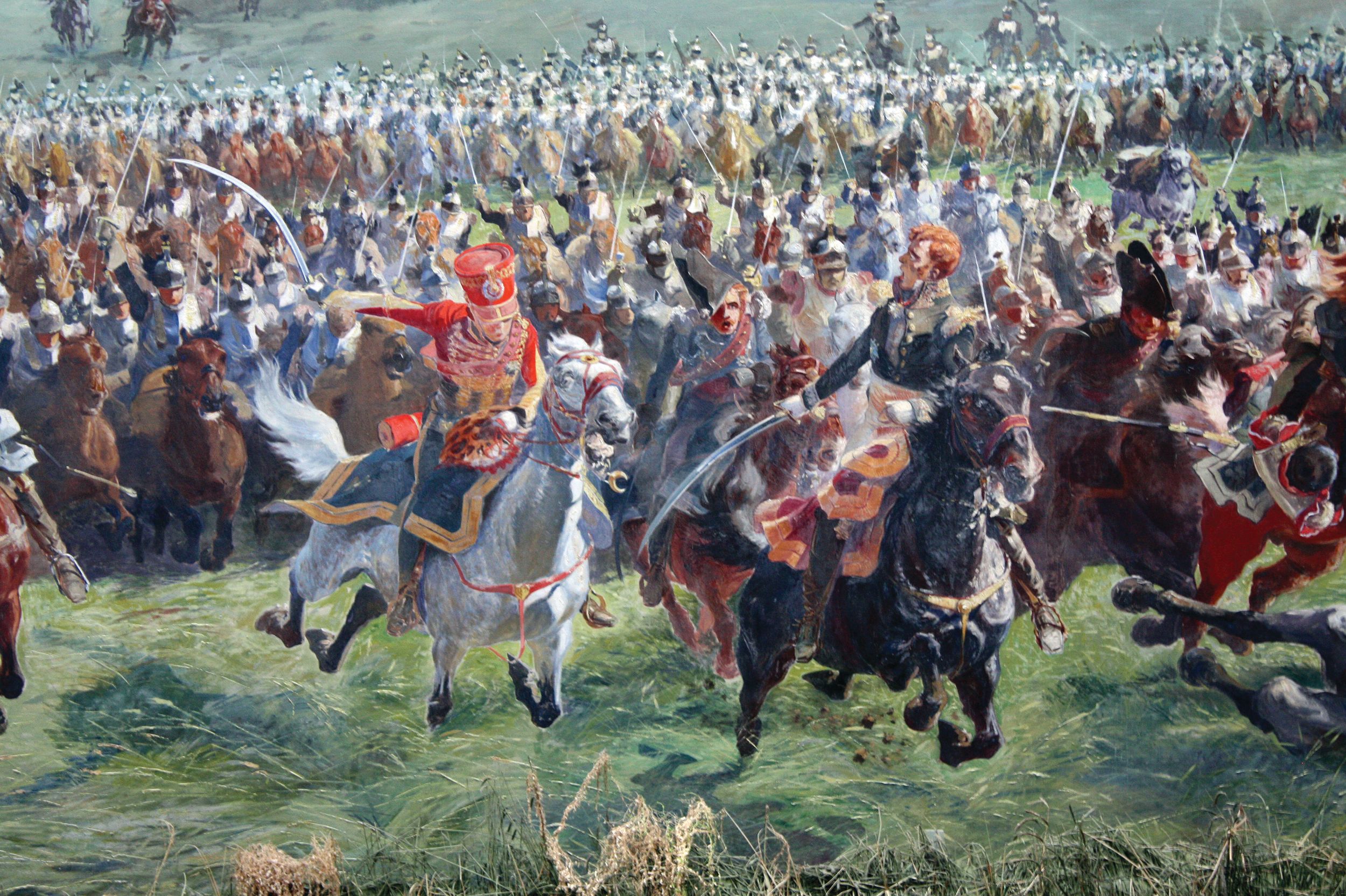
As the French scattered down the slope, Allied gunners ran out from the shelter of the squares and opened fire into the retreating foe. The Allied infantry, grateful that the cavalry had at least silenced the French artillery, re-formed and prepared for more. The French guns, some of which had moved to within 300 yards of the Allied line, opened up again. Allied casualties continued to mount.
Around the squares lay mounds of dead and wounded. Captain Gronow of the Guard recalled that “the ground was completely covered with these brave men who lay in various positions, mutilated in every conceivable way.” Tormented horses rolled and kicked while the wounded or winded cuirassiers lay on the ground like so many turned turtles. Encumbered by their armor and their heavy boots, hundreds of them lay helpless before the Allied infantry. Gronow recounted that not all the infantry showed mercy to their adversaries: “Among the fallen we perceived a gallant colonel lying under his horse, which had been killed. All of a sudden two riflemen of the Brunswickers left their battalion and, after taking from their helpless victim his purse, watch and other articles of value, they deliberately put the colonel’s pistols to the poor fellow’s head and blew out his brains.”
Ney’s attack had failed. The slopes were covered with writhing horses and scattered, isolated horsemen. Discarded cuirasses littered the area—unhorsed troopers throwing them to the ground to ease their escape. The dead and wounded also lay thickly on the field.
Napoleon, preoccupied with the Prussians, was unaware that such an incredible attack had taken place. The French Army had been a passive spectator to the first assault, but now it was to witness a second. Re-forming the exhausted troopers under fire, Ney made every effort to ready the men for another attempt. He was supported by the veteran officers of this formidable arm of cavalry:“The officers were exceedingly brave and by their gestures and fearless bearing did all in their power to encourage their men to form again and renew the attack.”
Captain de Brack of the Guard Lancers recalled that desperate moment: “We retired slowly, and turned to face the enemy again when we reached the foot of the slope, just out of sight of the first English line. It was then that Ney, alone and unaccompanied by any of his staff officers, galloped along our front and harangued us, calling out the names of those officers that he knew. His face was contorted and he called out a number of times ‘Frenchmen! Don’t go further back! It’s here that you will find the keys to your liberty!’ Those were his exact words.”
The cavalry moved up the slope, passed the abandoned guns, and again attempted to break the steady, if depleted, squares. No one thought to try and drag the Allied guns away, or to spike them and put them out of action. No one thought to support the cavalry with guns of their own. The second attack was as catastrophic as the first and casualties were again heavy. Once more Wellington’s cavalry intervened after the French charge lost its impetus. Trip this time led the 2nd and 3rd Carabiniers forward and “many prisoners fell into our hands.” His report stated that: “I advanced at the trot but had to slow down as the enemy were too far off. I allowed them to approach a little until, judging that the moment was favourable, had the charge sounded. The right flank of the French was bowled over, the left resisted for longer but was soon forced to retreat.”
The French cuirassier Pilloy stated, “You can imagine that a great many cuirassiers and horses remained on the field.” The cavalry came forward once more. Pilloy thought that the cuirassiers then charged three more times. Inevitably his own “poor horse” soon “had enough.” De Brack also remembers charging a number of times, and states that for one of the charges at least a battery of Guard foot artillery was brought forward in support. This had unfortunate consequences. One of the heavy 12-pounders slipped in the mud and its first discharge of grape brought down a platoon of Guard lancers. The charges failed.
The French again retreated to the foot of the slope, and this time Allied cavalry advanced to skirmish with them, firing pistols at their jaded ranks. Captain de Brack’s men dismounted and returned fire. This exchange of shots continued for around 45 minutes while the two sides regained their breath. All the while, the French hoped that their artillery would blast holes in the Allied squares.
Indeed, the Allied squares were now suffering. Their centers were filled with wounded, thirsty men who had to endure the nerve-wracking whistle of roundshot and the spluttering of shells. The cavalry charges were looked upon as a respite from the terrible, destructive might of the artillery.
Ney re-formed Milhaud’s exhausted men and the Guard cavalry, but also turned to look for support to continue the struggle, hoping that pressure on the Allied center and Lobau’s assault against the approaching Prussians would turn the tide of battle.
Napoleon, having seen his gallant cavalry repelled once again, turned to Marshal Soult and remarked, “There’s a premature action which could have catastrophic consequences.” Soult took the opportunity to pour scorn on his colleague:
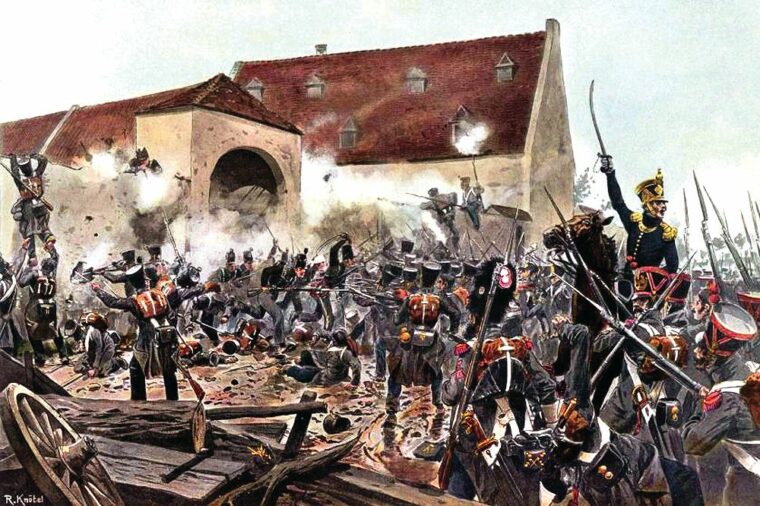
“He is compromising us as he did at Jena!” Napoleon’s reply was more pragmatic: “It’s an hour too early but, as it is done we’ll have to support it.”
Young Maj. Gen. Comte de Flahaut, son of Talleyrand, was dispatched to order Kellermann to support Ney with the 3,000 men of his III Cavalry Corps and General Guyot with the Dragoons, Grenadiers, and Elite Gendarmes of the Guard. Kellermann was appalled, knowing full well that adding numbers to the charge would not make it successful, and protested, but one of his brigade commanders, Maj. Gen. Baron Samuel-Francois L’Héretier, termed an imbecile by his superior, had already moved off to join the assault. Angry, Kellermann had no choice but to follow, managing only to preserve his brigade of carabiniers under Brig. Gen. Baron Blanchard and leave them as a reserve in a slight hollow.
Meanwhile Wellington had been reinforcing his line, taking heart from the fact that the Prussians were now arriving in strength. Still, the French artillery was causing terrible casualties in the Allied ranks and the battle had become one of attrition and stamina. Captain Mercer was ordered forward to support two squares of young Brunswickers. These green troops were suffering considerably from the artillery fire that had torn great holes in their square: “Their ranks, loose and disjointed, presented gaps of several files in breadth, which the officers and sergeants were busily employed filling up by pushing and even thumping their men together; while these, standing like so many logs, with their arms at the recover, were apparently completely stupefied and bewildered. I should add that they were perfect children. None of the privates, perhaps, were above 18 years of age.”
Mercer also recounted that between the cavalry charges the French had sent forward clouds of skirmishers, both on foot and on horseback, and “these did us considerable mischief with their carbines and pistols, but their intention being evidently to draw our fire, no notice was taken of them.” Captain Saltoun of the 1st Foot Guards also testified that “between the cavalry attacks on the center a great number of the enemy’s sharpshooters had crept up the slope of the hill and galled the 3rd battalion, who were in square, very severely.” These skirmishers, drawn from light infantry companies and from Napoleon’s light cavalry, were particularly numerous around Hougoumont and they inflicted severe casualties on Colonel C.G.A. du Plat’s German brigade. Du Plat himself was wounded and all of the mounted officers were killed. The skirmishers were partly driven back by the 71st Regiment and some companies of riflemen, but they soon returned to annoy the Allied line.
Now the cavalry came up the slope again, Kellermann’s and Guyot’s fresh troopers to the fore with Milhaud and Lefebvre-Desnouëttes in support. Sixty squadrons strong, the sight was still imposing. Between La Haye Sainte and Hougoumont the squadrons again bunched—this time horses were lifted off the ground by the pressure—presenting a perfect target for the Allied gunners. “The carnage was dreadful,” reflected Mercer. Whole ranks came crashing down.
Mercer, his flanks protected by the two Brunswick squares, was again in the thick of the action, this time against Guyot’s Grenadiers à Cheval of the Old Guard: “We were a little below the level of the ground on which they moved having in front of us a bank of about a foot and a half or two feet high, along the top of which ran a narrow road, and this gave more effect to our case shot, all of which must have taken effect. I suppose this occupied but a few seconds, when I observed symptoms of hesitation, and in a twinkling, at the instant I thought it was all over with us, they turned to either flank and filed away rapidly to the rear. Retreat of the mass, however, was not so easy. Many facing about and trying to force their way through the body of the column, that part next to us became a complete mob, into which we kept a steady fire of cases shot from our six-pieces. The effect is hardly conceivable, and to paint this scene of slaughter and confusion is impossible. Every discharge was followed by the fall of numbers, whilst the survivors struggled with each other, and I actually saw them using the pommels of their swords to fight their way out. Some rendered desperate at finding themselves thus pent up at the muzzles of our guns, as it were, and others carried away by their horses, maddened with wounds, dashed through our intervals, few thinking of using their swords but pushing furiously onward, intent only on saving themselves.”
Brigadier General Jean Baptiste Auguste Marie Jamin of the Grenadiers was killed, along with scores of his veterans. “The confused mass,” wrote Mercer, “stood before us, vainly trying to urge their horses over the obstacles presented by their fallen comrades.” Once more the cavalry was received by the squares and once more it was thrown back. Re-forming near the crest of the plateau the Frenchmen charged again and again. Some of L’Héretier’s men pressed on, passing through the second Allied line. A handful of squadrons even burst out behind the Allied army, turned eastward, and worked their way carefully back to the French lines. Around the squares all was chaos, smoke, cries, and fear. Ney, having had three horses killed beneath him, stood, drunk with rage, beating an English cannon with the flat of his broken sword. Again the cavalry re-formed at the foot of the slope and Ney, remounted, once more, looked for support.
Catching sight of the brilliant white uniforms and bronze helmets of Blanchard’s carabiniers, Ney spurred over to the general and demanded that this final reserve follow him. Kellermann, who could scarcely believe what was happening, relates this astonishing episode: “Suddenly the red plumes of the carabiniers could be seen moving. The Count of Valmy [Kellermann] sensing a disaster, galloped over to stop them. But he did not arrive in time. This brilliant unit was, in a short space of time, reduced to half its strength. It’s tempting to say that France’s unfortunate destiny was directing the errors committed that day. The brigade had been stationary and the marshal [Ney], angered by its inaction, had ordered it forward to charge eight English squares placed in echelon on the crest of the hill near to Hougoumont. These were flanked by numerous batteries of artillery. The carabiniers had to obey. Their charge was not a success and most of the brigade was cut down. Had the brigade remained intact in its position it might have, a few hours later, repeated the miracle of Marengo upon the British guards or at least saved the army from total defeat.”
Captain de Brack also watched in horror: “We were actors in an unbelievable drama of terrible absurdity, something which was apparent to all, even the simplest of troopers. Our carabinier brigade trotted forwards, passing our right flank and, alone, advanced in the face of all the enemy’s guns to attack the English right. Soon the musketry and cannon fire of Wellington’s army sounded in unison and this thunderous roar mixed with the cheers of the butchers. The carabiniers were killed or fled in a matter of moments.”
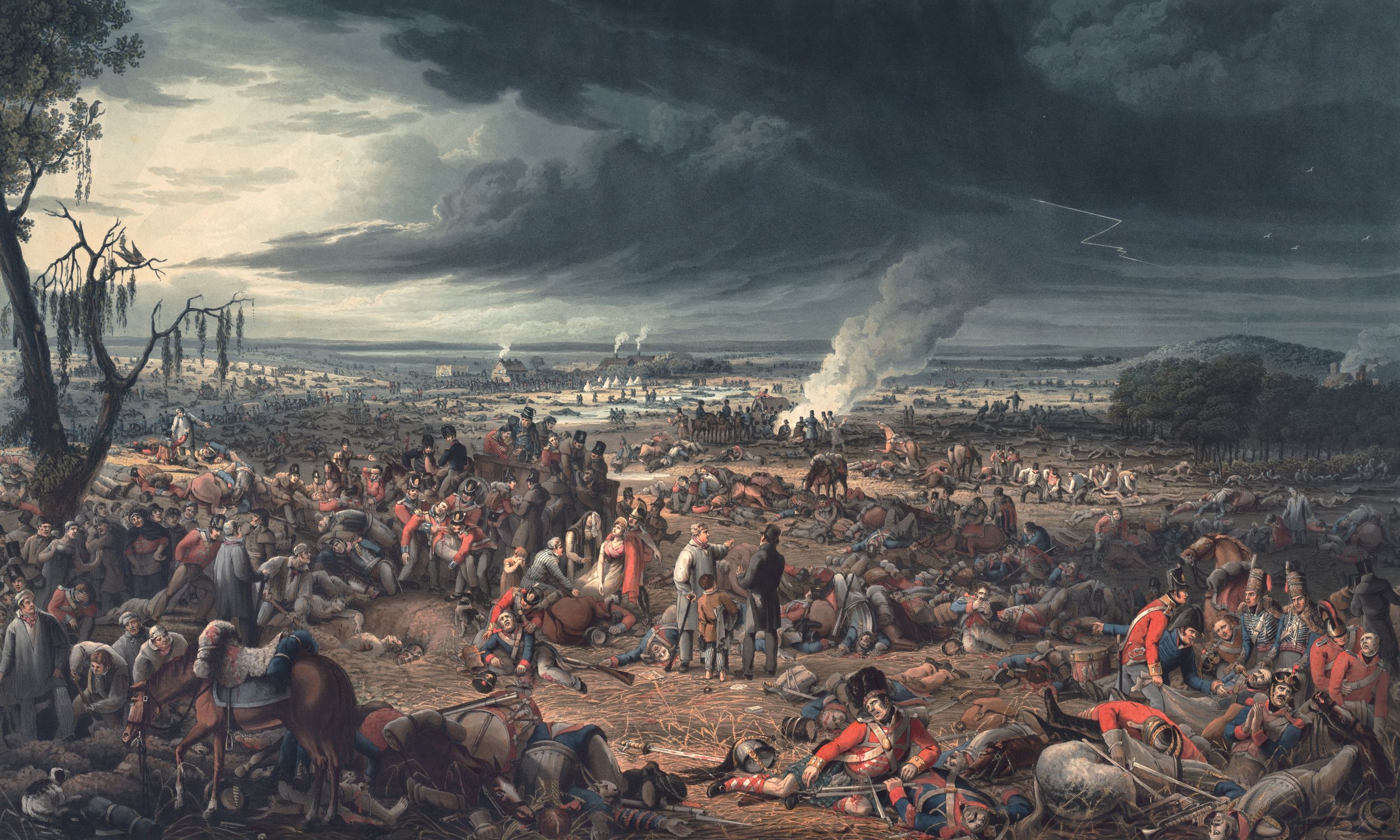
With the carabiniers shattered, the cavalry fell back. A final “charge” was delivered, this time at a walk. The troops were too exhausted and their mounts almost completely worn out. One regiment did nothing more than fire off their carbines before wheeling about and retreating down the bloodied slopes of Mont St. Jean.
Crushed, the brilliant squadrons of France returned to the sighing ranks of the French Army. Casualties had been horrific. General Donop had been killed, as had Jamin of the Guard and Chasseriau, chief of staff of Milhaud’s corps. Delort had been wounded in the arm, had received eight bullets in his hat, and had three horses killed beneath him. Generals L’Héretier, Guyot, Roussel d’Hurbal, Blanchard, Dubois, Farine, Travers, and Wathier had also been wounded. Colonel Gabert of the 6th Cuirassiers and Colonel Lacroix of the 3rd had been killed, while Major Bel of the 1st Carabiniers was also mortally wounded. Six squadron chiefs of heavy cavalry were also killed, along with 10 captains. The 1st and 2nd Carabiniers lost 8 officers killed and 25 wounded, while the Chasseurs of the Guard lost 6 dead and 14 wounded. Some cavalrymen had fortunate escapes, such as Sergeant Quignon of the 5th Cuirassiers, who was hit by a spent bullet that lodged in his cravat and merely prevented him from talking. Many, however, were far from lucky. Some 10,000 cavalrymen had been reduced to a few skulking bands of exhausted troopers within just two hours.
But all was not perhaps lost. As the cavalry fell back from its latest effort, Ney, mounted on a horse belonging to a trumpeter of the 1st Cuirassiers, at last ordered forward his infantry. He hurried on 6,000 men from Foy’s and Bachelu’s divisions. The nervous troops scaled the heights in columns of division, but were almost swept away by the Allied artillery. Pressing on they came under fire from fresh Allied infantry brought into the line to bolster Wellington’s position. Nearly 1,500 Frenchmen were cut down and the infantry began to lose heart. Bachelu’s men were the first to break and they carried some of Foy’s men back with them. The infantry retreated in disorder before being rallied by Foy near Hougoumont. A final cavalry charge in support of the French infantry could not even get past the Allied guns before the troopers turned around and plunged back down the slope.
Ney, distraught, was ordered by Napoleon to focus on storming La Haye Sainte. But it was nearly 6 o’clock and the Prussians were simultaneously attacking Napoleon’s right flank and feeding in troops to support Wellington’s position. The Young Guard threw the Prussians back from Plancenoit while Ney, at the head of the 13th Light, broke into La Haye Sainte, which finally fell.
But this victory was to no avail. Napoleon launched his final gamble, an attack by seven battalions of Imperial Guard infantry. These gallant men advanced through the crushed rye and over the corpses of countless men and horses before close-range volleys halted their attack. The Emperor’s hardy veterans and final hope fell back in disorder, triggering a general rout throughout the French Army. With the Prussians attacking their right flank and rear, and Wellington’s own troops steadily advancing, the French fled toward Charleroi. Having seen every one of their assaults beaten off with loss, Napoleon’s Grande Armée dissolved, took to its heels, and refused to rally.
The entire battle had been a disaster for Ney. The marshal of the Empire, scarcely recognizable in a soiled and bloodied uniform, alone and without staff officers, sought shelter on foot with the infantry of the Old Guard. Then, having been loaned a horse by an officer of the Chasseurs, he managed to quit the tragic field. Finding his own carriage at Marchiennes au Pont, the exhausted marshal sped toward Paris, arriving just 24 hours after the Emperor. Although he had escaped the scene of carnage, his stay of execution was short lived—six months later the vengeful Bourbons had him shot by firing squad.
At Waterloo, the most astonishing of the French attacks against the Allied position was without doubt the series of assaults undertaken by their cavalry. Although unsuccessful, they stubbornly continued against all possible reason, the gallant cavalry being sent back into the fray seven or eight times. Unsupported, two and a half hours of continual attacks wilted in the face of incredible firepower. Captain de Brack was particularly astonished by the way the cavalry was left to win the battle alone: “The charges could have been successful. However daring and tenacious they were, however, they had to wait too long for their support. Attackers as well as attacked were reduced to a state of complete exhaustion. A brigade of Imperial Guard infantry, two batteries of horse artillery and we would have had them! The English line would have been broken. But, instead of that, nothing—a battery of foot artillery so badly placed that it showered us with canister!”
When finally support arrived it was too late, for Wellington’s center had been reinforced. The combined weight of heavy cavalry and several brigades of infantry were by then insufficient to crack the most formidable part of Wellington’s center. Napoleon later blamed Ney for his folly, but on the day of battle, the Emperor had not intervened to prevent this squandering of precious resources—and the lives of hundreds of gallant soldiers.
The charges were a combination of misfortune and error. But, as even their enemies acknowledged, the attacks were outstanding examples of bravery and élan in the face of extraordinary odds.
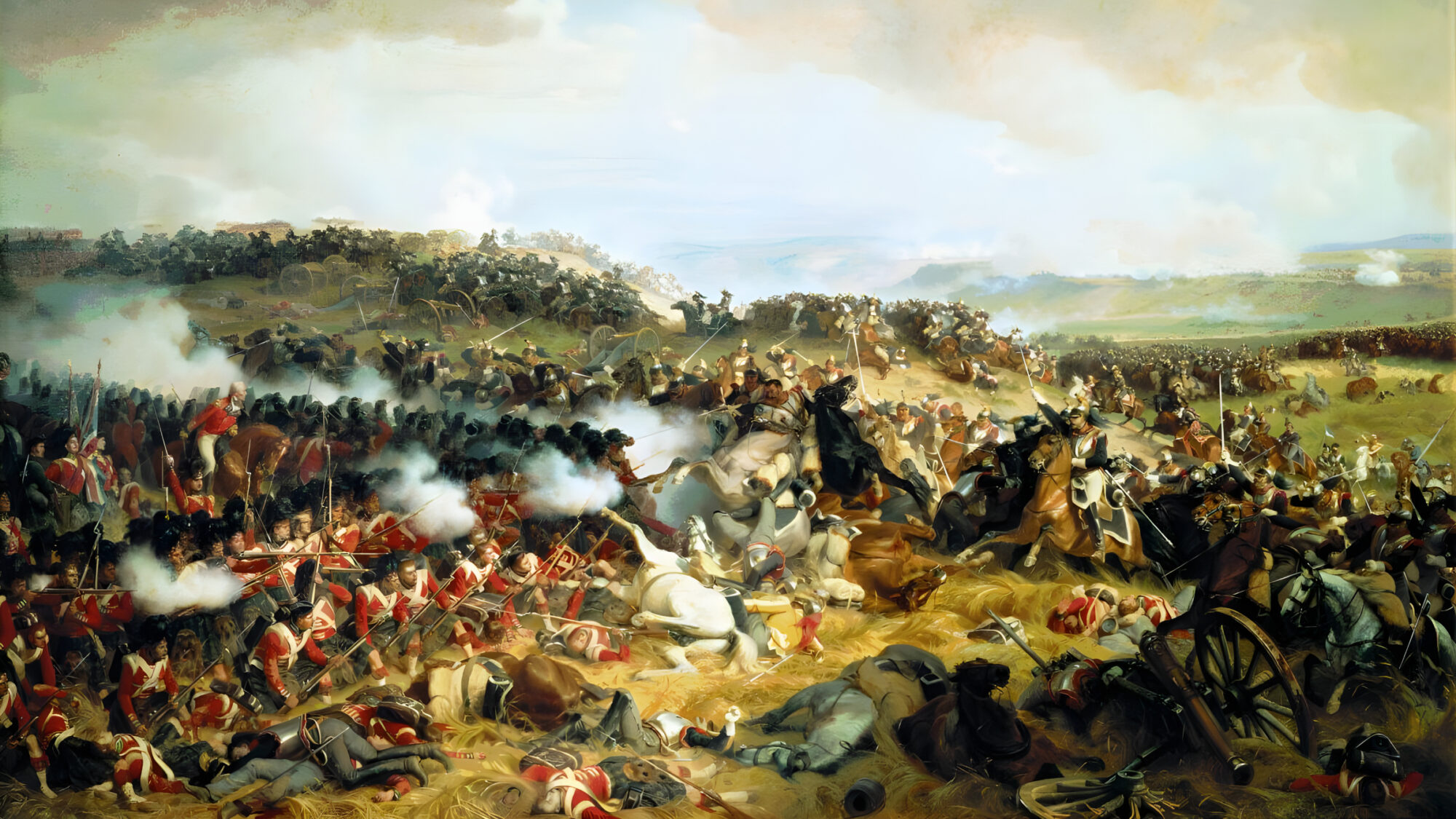
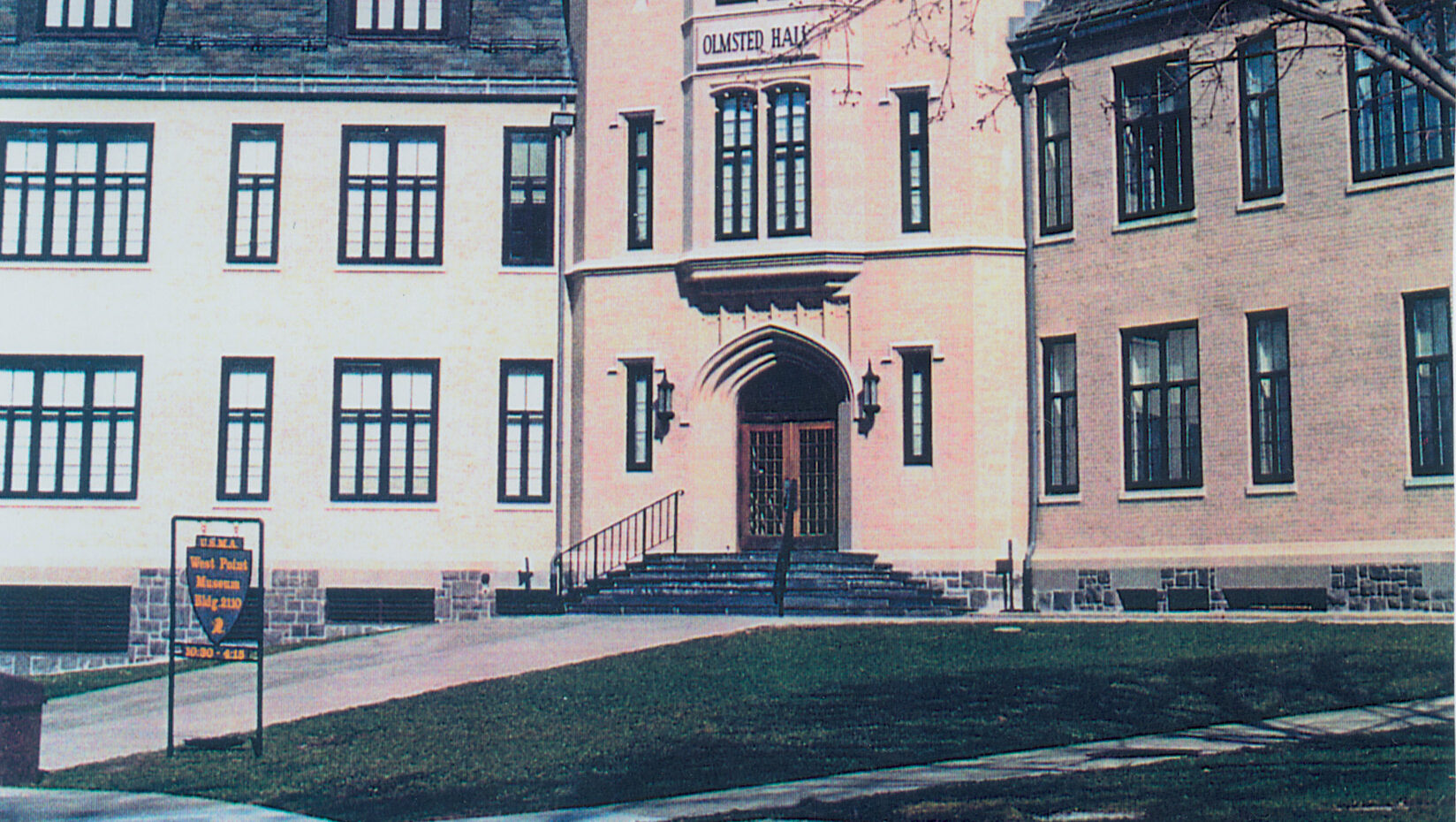
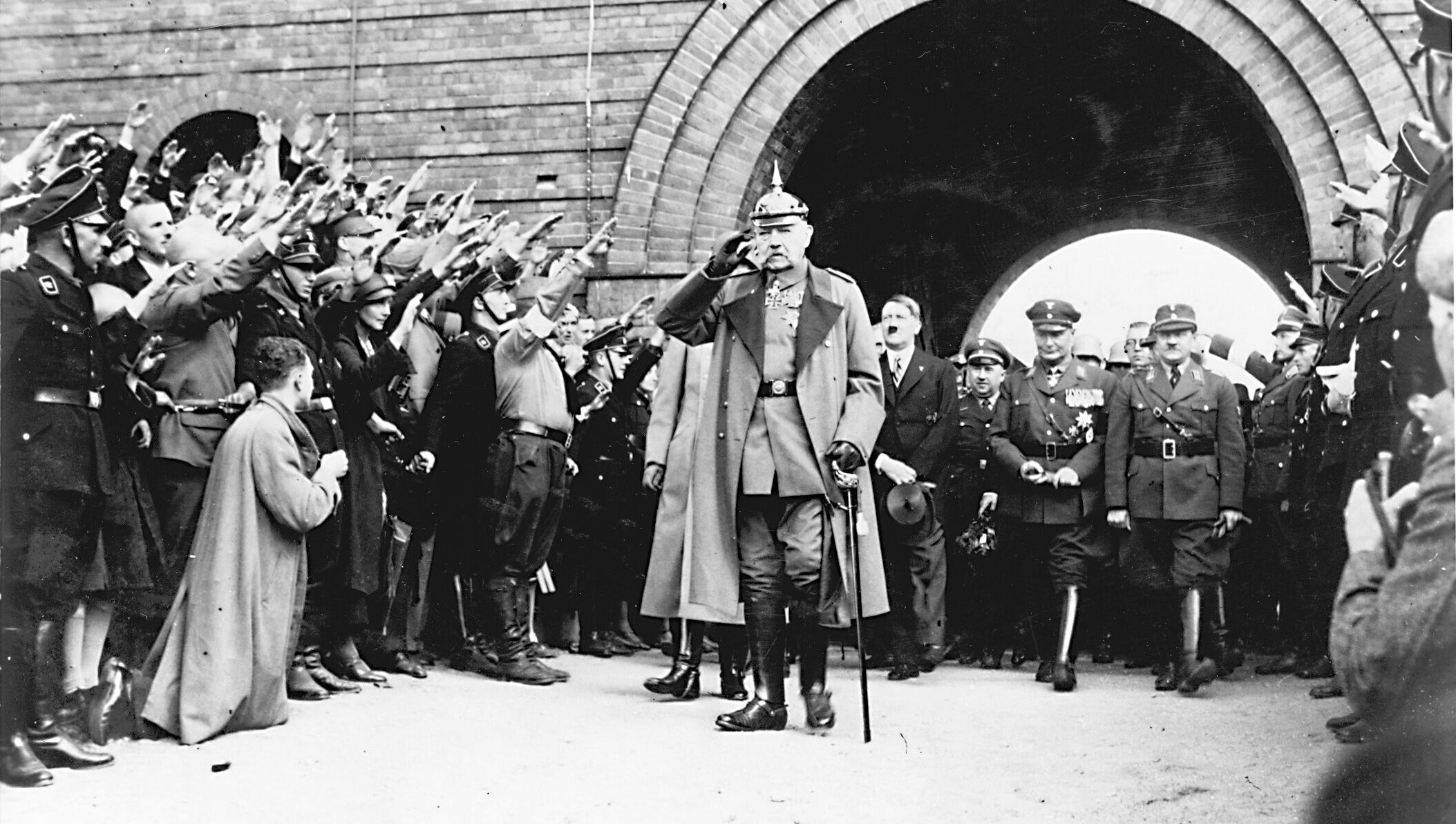
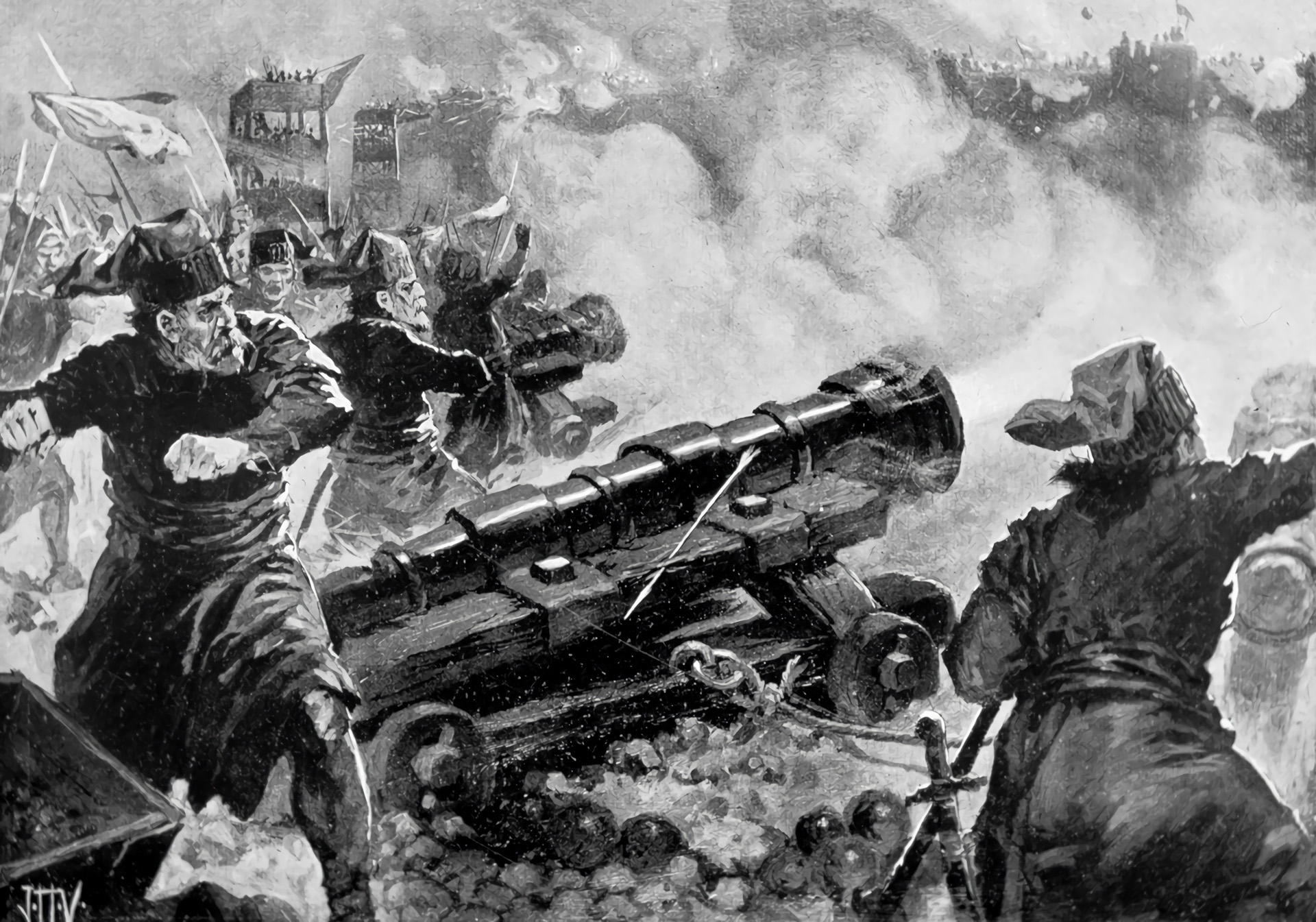
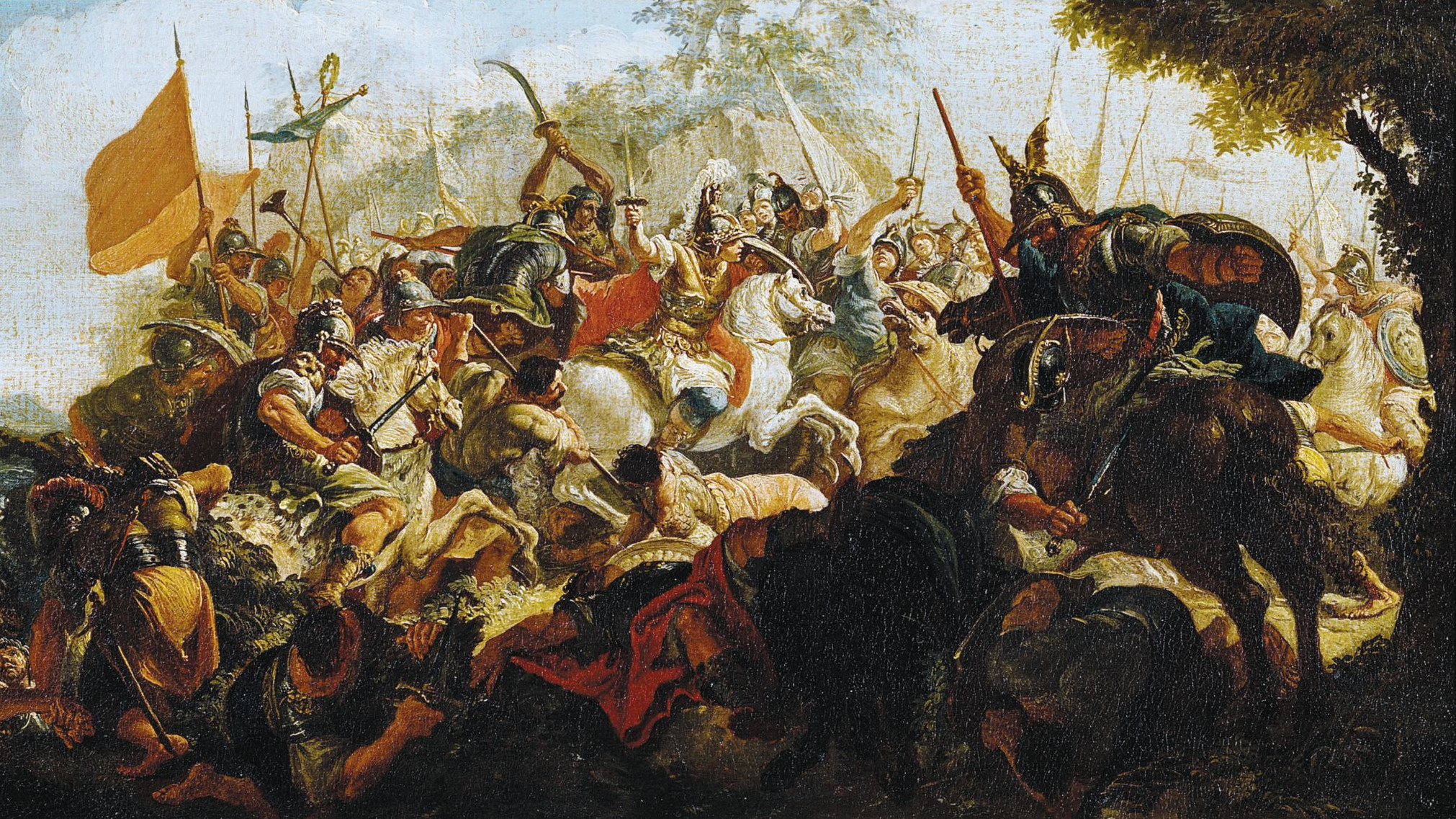
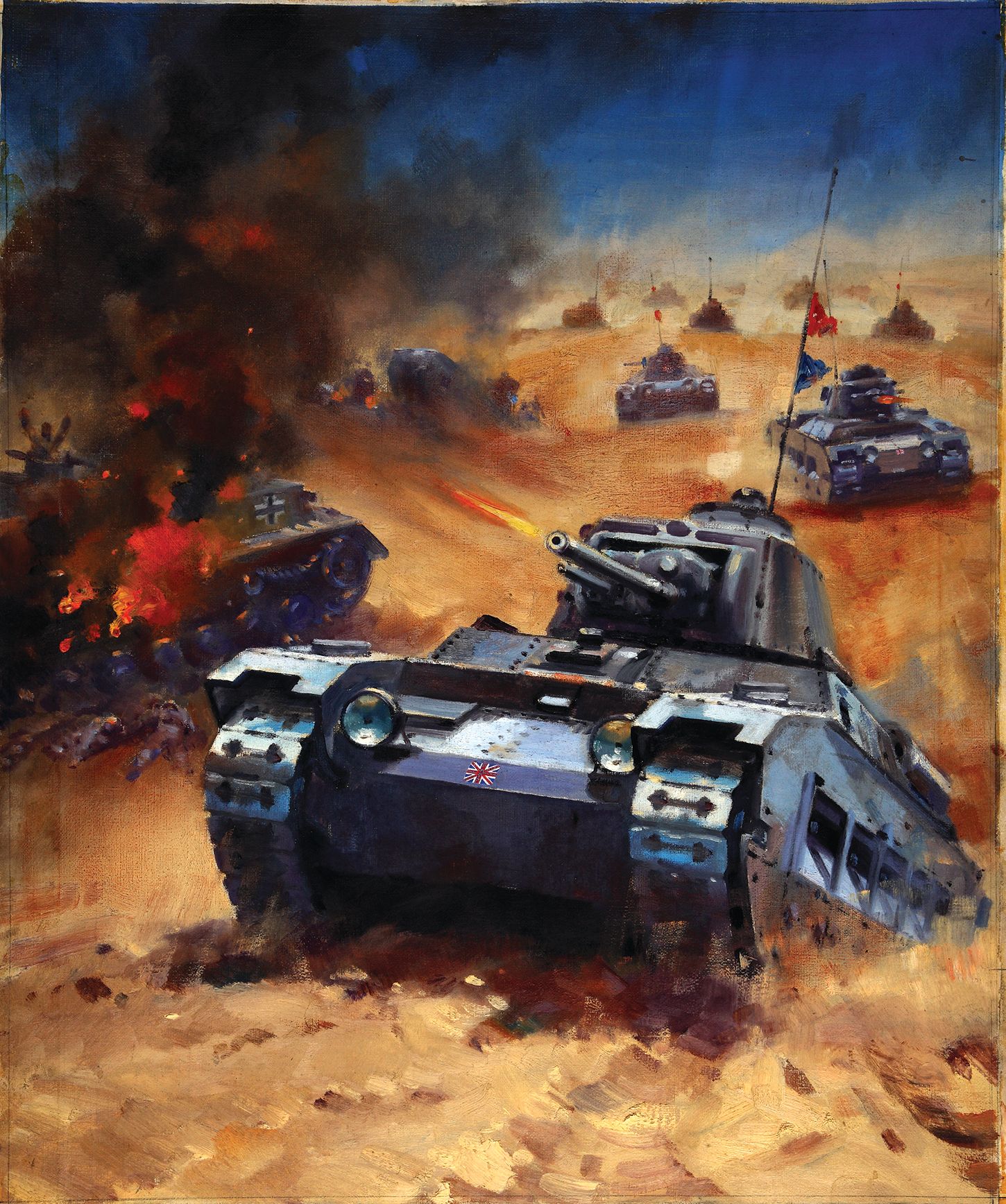
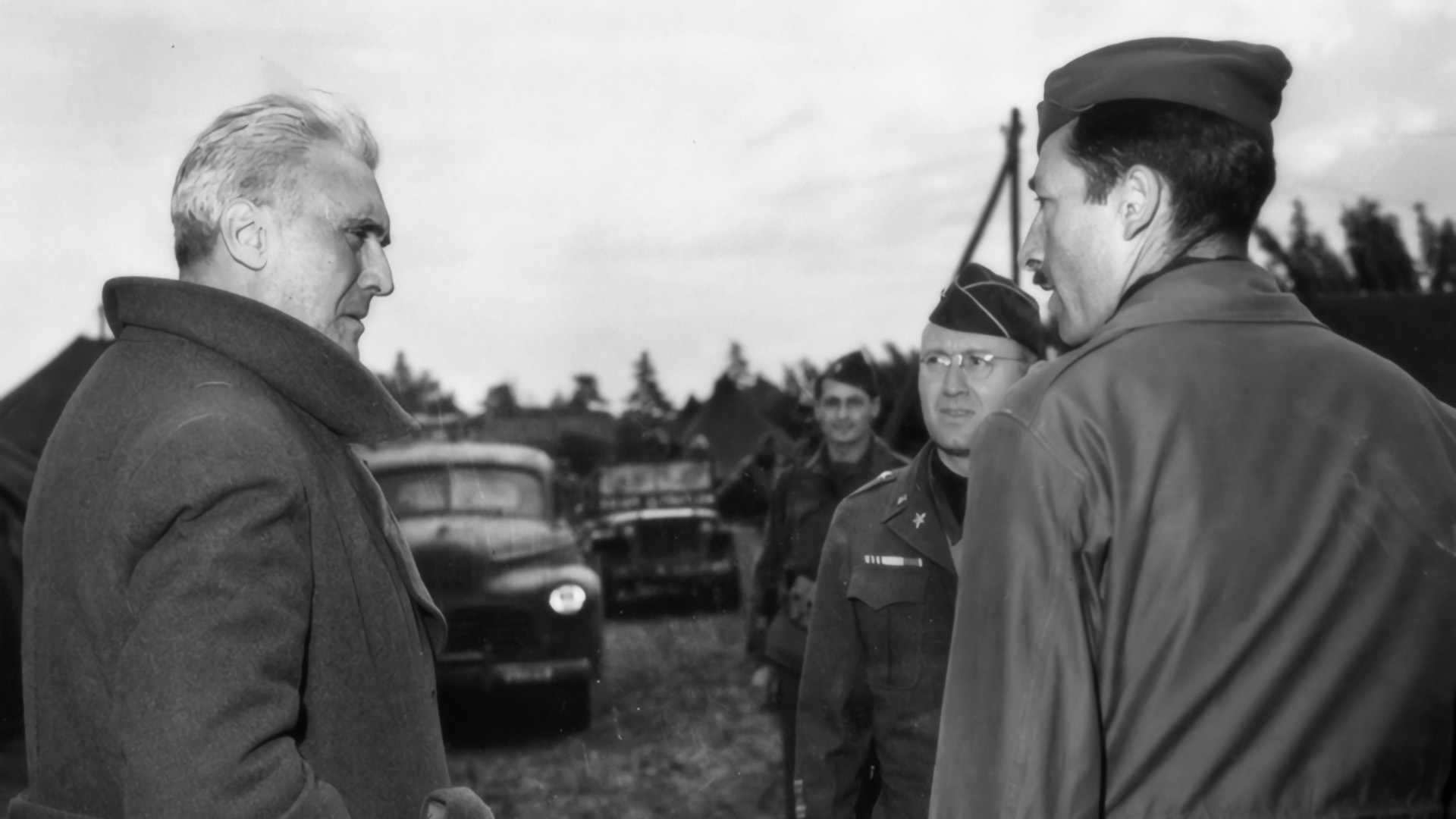
My GGG Grandfather, Hugh Letter, was a trooper with the 2nd Regiment of Life Guards and that unit’s charge met with a similar fate as Ney’s. The 2nd and 1st Regiments charged into the French line with success and overran the position. They were then set upon by French Cuirassiers with long spikes. Many were killed and wounded in the counter attack, among them my grandfather who suffered “severe lance and sabre wounds”. He survived, and the allied forces won the day. I attended the 200th Anniversary commemoration in Brussels and Waterloo in 2015. It was quite an experience and met Count Blucher, the descendent of General Blucher, whose forces were the determining factor at the end of the day.